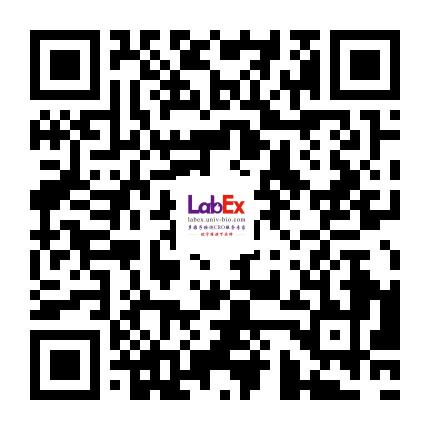Background: Studies have found different waning rates of neutralising antibodies compared with binding antibodies against SARS-CoV-2. The impact of neutralising antibody waning rate at the individual patient level on the longevity of immunity remains unknown. We aimed to investigate the peak levels and dynamics of neutralising antibody waning and IgG avidity maturation over time, and correlate this with clinical parameters, cytokines, and T-cell responses.
Methods: We did a longitudinal study of patients who had recovered from COVID-19 up to day 180 post-symptom onset by monitoring changes in neutralising antibody levels using a previously validated surrogate virus neutralisation test. Changes in antibody avidities and other immune markers at different convalescent stages were determined and correlated with clinical features. Using a machine learning algorithm, temporal change in neutralising antibody levels was classified into five groups and used to predict the longevity of neutralising antibody-mediated immunity.
Findings: We approached 517 patients for participation in the study, of whom 288 consented for outpatient follow-up and collection of serial blood samples. 164 patients were followed up and had adequate blood samples collected for analysis, with a total of 546 serum samples collected, including 128 blood samples taken up to 180 days post-symptom onset. We identified five distinctive patterns of neutralising antibody dynamics as follows: negative, individuals who did not, at our intervals of sampling, develop neutralising antibodies at the 30% inhibition level (19 [12%] of 164 patients); rapid waning, individuals who had varying levels of neutralising antibodies from around 20 days after symptom onset, but seroreverted in less than 180 days (44 [27%] of 164 patients); slow waning, individuals who remained neutralising antibody-positive at 180 days post-symptom onset (46 [28%] of 164 patients); persistent, although with varying peak neutralising antibody levels, these individuals had minimal neutralising antibody decay (52 [32%] of 164 patients); and delayed response, a small group that showed an unexpected increase of neutralising antibodies during late convalescence (at 90 or 180 days after symptom onset; three [2%] of 164 patients). Persistence of neutralising antibodies was associated with disease severity and sustained level of pro-inflammatory cytokines, chemokines, and growth factors. By contrast, T-cell responses were similar among the different neutralising antibody dynamics groups. On the basis of the different decay dynamics, we established a prediction algorithm that revealed a wide range of neutralising antibody longevity, varying from around 40 days to many decades.
Interpretation: Neutralising antibody response dynamics in patients who have recovered from COVID-19 vary greatly, and prediction of immune longevity can only be accurately determined at the individual level. Our findings emphasise the importance of public health and social measures in the ongoing pandemic outbreak response, and might have implications for longevity of immunity after vaccination.
Funding: National Medical Research Council, Biomedical Research Council, and A*STAR, Singapore.
Dynamics of SARS-CoV-2 neutralising antibody responses and duration of immunity: a longitudinal study
详见LabEx网站(
www.u-labex.com)或来电咨询!
基因水平:PCR Array、RT-PCR、PCR、单细胞测序
蛋白水平:MSD、Luminex、CBA、Elispot、Antibody Array、ELISA、Sengenics
细胞水平:细胞染色、细胞分选、细胞培养、细胞功能
组织水平:空间多组学、多重荧光免疫组化、免疫组化、免疫荧光
数据分析:流式数据分析、组化数据分析、多因子数据分析
基因水平:PCR Array、RT-PCR、PCR、单细胞测序
蛋白水平:MSD、Luminex、CBA、Elispot、Antibody Array、ELISA、Sengenics
细胞水平:细胞染色、细胞分选、细胞培养、细胞功能
组织水平:空间多组学、多重荧光免疫组化、免疫组化、免疫荧光
数据分析:流式数据分析、组化数据分析、多因子数据分析
联系电话:4001619919
联系邮箱:labex-mkt@u-labex.com
公众平台:多因子及组学服务专家
联系邮箱:labex-mkt@u-labex.com
公众平台:多因子及组学服务专家

本网站销售的所有产品及服务均不得用于人类或动物之临床诊断或治疗,仅可用于工业或者科研等非医疗目的。






 沪公网安备31011502400759号
沪公网安备31011502400759号
 营业执照(三证合一)
营业执照(三证合一)


